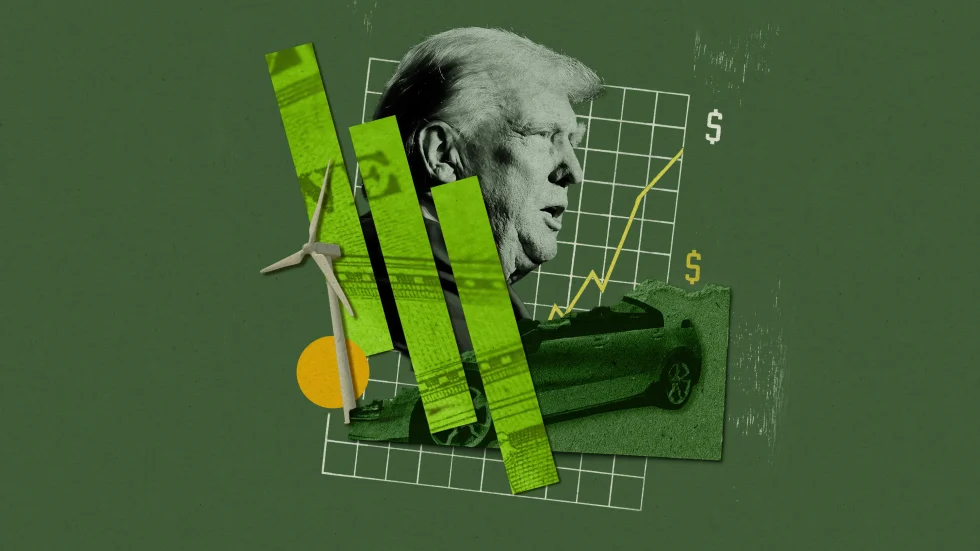
Court Limits Trump’s Power on Tariffs
A U.S. trade court has blocked most of former President Donald Trump’s global tariff actions, ruling that he went beyond his legal powers. The decision declared that the International Emergency Economic Powers Act (IEEPA)—which Trump used to justify the tariffs—was not meant for across-the-board duties. The U.S. Constitution gives Congress full authority over international trade, the court emphasized.
This means Trump can no longer rely on IEEPA to impose blanket tariffs. However, experts from Goldman Sachs, Deutsche Bank, and Panmure Liberum say there are still other trade laws he could use to push his trade agenda if re-elected.
Trade Laws Trump Can Still Use
1. Section 122 of the Trade Act
- Fastest option for Trump to reintroduce tariffs.
- Allows up to 15% tariffs for six months without needing approval from Congress.
- Can be used to respond to a balance of payments issue or to prevent a sharp fall in the dollar.
- No investigation required, meaning it can be activated within days.
2. Section 301 of the Trade Act (1974)
- Can be used to investigate unfair trade practices by other countries.
- Requires a probe and public comment, which takes several months.
- There is no cap on tariff level or duration.
- Trump used this section in his first term to impose tariffs on $370 billion worth of Chinese imports, sparking a long trade war with China.
3. Section 232: National Security Tariffs
- Already used by Trump on steel, aluminum, and auto imports.
- Can also be applied to other sectors like pharmaceuticals and semiconductors.
- Needs a public comment period and can take months.
- Analysts say Trump may shift focus to industry-specific tariffs if broad country-based tariffs are restricted.
4. Section 338 of the 1930 Trade Act
- An old but still valid law allowing up to 50% tariffs on countries that discriminate against U.S. trade.
- Similar to Section 301, but does not require an investigation.
- Though never actually used, Trump could be the first to activate it.
Conclusion
The recent court decision limits Trump’s ability to apply sweeping tariffs under IEEPA. However, he still has multiple legal tools at his disposal, including Section 122, 301, 232, and 338, which he could use to reshape U.S. trade policy if he returns to office.









